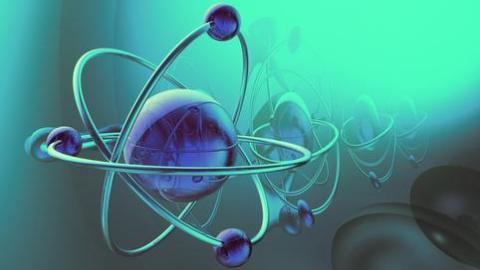New “Beauty Bayron” Particle Discovered by Large Hadron Collider

What’s the Latest Development?
Late last week, scientists working at the Large Hadron Collider, the world’s most powerful atom smasher, confirmed they had discovered an entirely new particle. After some 530 million rounds of colliding subatomic particles at extremely high energies, scientists saw umistakable evidence of a new ‘beauty baryon’. Baryons, which are made of three quarks, form the building blocks of neutrons and protons that populate the nuclei of atoms. “It’s just the second new particle to be discovered at the atom smasher, which opened at the CERN physics laboratory in Geneva in 2008.”
What’s the Big Idea?
The LHC operates at such high energy levels that physicists can peer further and further back into the physical past. By approximating the amount of energy present in the Universe just after the big bang, scientists seek to understand how the basic elements of our Universe formed. The new ‘beauty baryon’, like other primitive subatomic particles, only sustains itself for fractions of a second before decaying into other kinds of particles more present in today’s Universe. This year, physicists hope to confirm or debunk theories of supersymmetry and the existence of the Higgs particle.
Photo credit: Shutterstock.com





